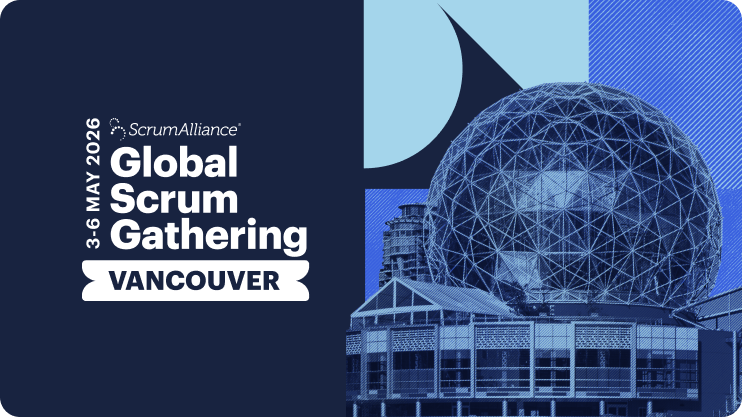Learn about purchasing for teams


Certified ScrumMaster®
Taught by: Howie Bartrip
Course details
Location
In-Person
8-10 The Moors, Worcester WR1 3EE, GB
Schedule Details
Reviews

More courses by Howie
 Certified ScrumMaster®
Certified ScrumMaster®
-
Mon Jan 19 - 20, 2026
-
9:00 AM UTC
-
Live Online
 Certified ScrumMaster®
Certified ScrumMaster®
-
Mon Feb 23 - 24, 2026
-
9:00 AM UTC
-
Live Online
 Certified ScrumMaster®
Certified ScrumMaster®
-
Mon Mar 09 - 10, 2026
-
9:00 AM UTC
-
In-Person
-
Worcester, GB


